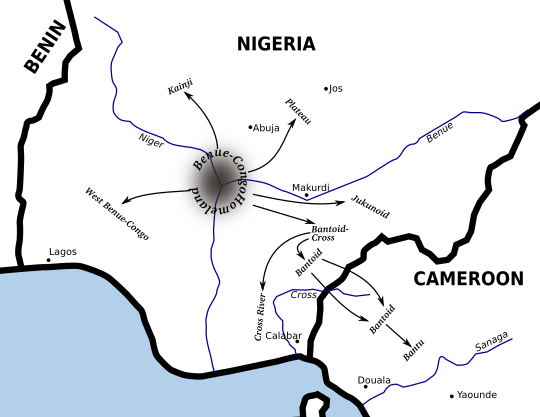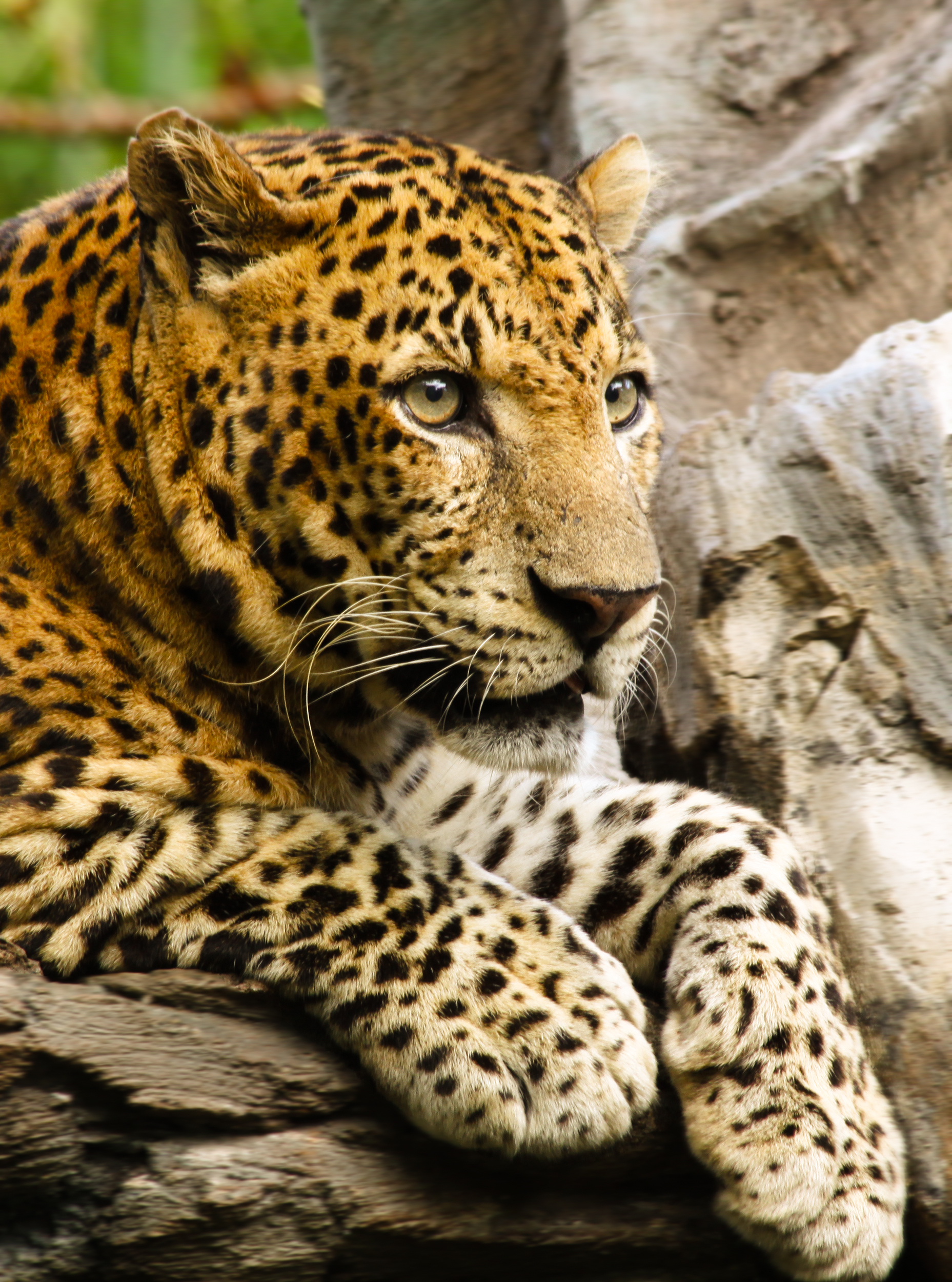|
Kahe Language
The Kahe is an ethnic and linguistic group based southeast of Moshi in Kilimanjaro Region Tanzania. The Kahe language, or ''Kikahe'', is in the Chagga cluster of Bantu languages The Bantu languages (English: , Proto-Bantu language, Proto-Bantu: *bantʊ̀), or Ntu languages are a language family of about 600 languages of Central Africa, Central, Southern Africa, Southern, East Africa, Eastern and Southeast Africa, South .... Three dialects are recognized: Kimwangaria, Msengoni and Kichangareni. Kikahe is spoken by 9,130 people, and is one of the smaller language communities in Tanzania.Muzale, H. & Rugemalira, J. (2008). Researching and Documenting the Languages of Tanzania. LOT Project, University of Dar es Salaam References Ethnic groups in Tanzania Chaga languages {{Bantu-lang-stub ... [...More Info...] [...Related Items...] OR: [Wikipedia] [Google] [Baidu] |
Tanzania
Tanzania, officially the United Republic of Tanzania, is a country in East Africa within the African Great Lakes region. It is bordered by Uganda to the northwest; Kenya to the northeast; the Indian Ocean to the east; Mozambique and Malawi to the south; Zambia to the southwest; and Rwanda, Burundi, and the Democratic Republic of the Congo to the west. According to a 2024 estimate, Tanzania has a population of around 67.5 million, making it the most populous country located entirely south of the equator. Many important hominid fossils have been found in Tanzania. In the Stone and Bronze Age, prehistoric migrations into Tanzania included South Cushitic languages, Southern Cushitic speakers similar to modern day Iraqw people who moved south from present-day Ethiopia; Eastern Cushitic people who moved into Tanzania from north of Lake Turkana about 2,000 and 4,000 years ago; and the Southern Nilotic languages, Southern Nilotes, including the Datooga people, Datoog, who originated fro ... [...More Info...] [...Related Items...] OR: [Wikipedia] [Google] [Baidu] |
Moshi, Kilimanjaro
Moshi is a municipality and the capital of Kilimanjaro Region in the Northeastern Tanzania. As of 2017, the municipality has an estimated population of 201,150 and a population density of 3,409 persons per km2 . In the last official census of 2022, the municipality had a population of 221,733. The municipality is situated on the lower slopes of , a dormant volcano that is the highest mountain in Africa. The name ''Moshi'' has been reported to refer to the smoke that emanates from the nearby mountain. The municipality covers about and is the smallest municipality in Tanzania by area. [...More Info...] [...Related Items...] OR: [Wikipedia] [Google] [Baidu] |
Atlantic–Congo Languages
The Atlantic–Congo languages make up the largest demonstrated family of languages in Africa. They have characteristic noun class systems and form the core of the Niger–Congo family hypothesis. They comprise all of Niger–Congo apart from Mande, Dogon, Ijoid, Siamou, Kru, the Katla and Rashad languages (previously classified as Kordofanian), and perhaps some or all of the Ubangian languages. Hans Gunther Mukanovsky's "Western Nigritic" corresponded roughly to modern Atlantic–Congo. In the infobox, the languages which appear to be the most divergent are placed at the top. The Atlantic branch is defined in the narrow sense (as Senegambian), while the former Atlantic branches Mel and the isolates Sua, Gola and Limba are split out as primary branches; they are mentioned next to each other because there is no published evidence to move them; Volta–Congo is intact apart from Senufo and Kru. ''Glottolog'', based primarily on Güldemann (2018), has a more limi ... [...More Info...] [...Related Items...] OR: [Wikipedia] [Google] [Baidu] |
Benue–Congo Languages
Benue–Congo (sometimes called East Benue–Congo) is a major branch of the Volta-Congo languages which covers most of Sub-Saharan Africa. Subdivisions Central Nigerian (or Platoid) contains the Plateau languages, Plateau, Jukunoid languages, Jukunoid and Kainji languages, Kainji families, and Bantoid–Cross combines the Bantoid languages, Bantoid and Cross River languages, Cross River groups. Bantoid is only a collective term for every subfamily of Bantoid–Cross except Cross River, and this is no longer seen as forming a valid branch, however one of the subfamilies, Southern Bantoid, is still considered valid. It is Southern Bantoid which contains the Bantu languages, which are spoken across most of Sub-Saharan Africa. This makes Benue–Congo one of the largest subdivisions of the Niger–Congo language family, both in number of languages, of which ''Ethnologue'' counts 976 (2017), and in speakers, numbering perhaps 350 million. Benue–Congo also includes a few minor Languag ... [...More Info...] [...Related Items...] OR: [Wikipedia] [Google] [Baidu] |
Bantoid Languages
Bantoid is a major branch of the Benue–Congo language family. It consists of the Northern Bantoid languages and the Southern Bantoid languages, a division which also includes the Bantu languages that constitute the overwhelming majority and after which Bantoid is named. History The term "Bantoid" was first used by Krause in 1895 for languages that showed resemblances in vocabulary to Bantu. Joseph Greenberg, in his 1963 ''The Languages of Africa'', defined Bantoid as the group to which Bantu belongs together with its closest relatives; this is the sense in which the term is still used today. However, according to Roger Blench, the Bantoid languages probably do not actually form a coherent group. Internal classification A proposal that divided Bantoid into Northern Bantoid languages, North Bantoid and Southern Bantoid languages, South Bantoid was introduced by Williamson. In this proposal, the Mambiloid and Dakoid languages (and later Tikar language, Tikar) are grouped together ... [...More Info...] [...Related Items...] OR: [Wikipedia] [Google] [Baidu] |
Bantu Languages
The Bantu languages (English: , Proto-Bantu language, Proto-Bantu: *bantʊ̀), or Ntu languages are a language family of about 600 languages of Central Africa, Central, Southern Africa, Southern, East Africa, Eastern and Southeast Africa, Southeast Africa. They form the largest branch of the Southern Bantoid languages. The total number of Bantu languages is estimated at between 440 and 680 distinct languages, depending on the definition of Dialect#Dialect or language, "language" versus "dialect"."Guthrie (1967–71) names some 440 Bantu 'varieties', Grimes (2000) has 501 (minus a few 'extinct' or 'almost extinct'), Bastin ''et al.'' (1999) have 542, Maho (this volume) has some 660, and Mann ''et al.'' (1987) have ''c.'' 680." Derek Nurse, 2006, "Bantu Languages", in the ''Encyclopedia of Language and Linguistics'', p. 2:Ethnologue report for Southern Bantoid" lists a total of 535 languages. The count includes 13 Mbam languages, which are not always included under "Narrow Bantu". ... [...More Info...] [...Related Items...] OR: [Wikipedia] [Google] [Baidu] |
Northeast Bantu
The Northeast Bantu languages are a group of Bantu languages spoken in East Africa. In Guthrie's geographic classification, they fall within Bantu zones E50 plus E46 (Sonjo), E60 plus E74a (Taita), F21–22, J, G60, plus Northeast Coast Bantu (of zones E & G).Derek Nurse, 2003, ''The Bantu Languages'' Some of these languages (F21, most of E50, and some of J) share a phonological innovation called Dahl's law that is unlikely to be borrowed as a productive process, though individual words reflecting Dahl's law have been borrowed into neighboring languages. The languages, or clusters, are: *Northeast Bantu languages **Kikuyu–Kamba Thagiicu (primarily E50): *** Sonjo (E40) *** Cuka *** Meru (incl. Tharaka, Mwimbi-Muthambi) ***South ****Kamba, Daisu **** Gikuyu, Embu **Chaga–Taita *** Taita (Dawida; E70) – Sagalla *** Chaga languages (E60) ** Northeast Coast Bantu (G10-G40): Swahili (E70), ''etc.'' ** Takama: Sukuma– Nyamwezi (+ Konongo–Ruwila), Kimbu (F20), Iram ... [...More Info...] [...Related Items...] OR: [Wikipedia] [Google] [Baidu] |
Chaga Languages
Chaga, also ''Kichaga'' or ''Kichagga'', is a Bantu dialect continuum spoken by the Chaga people of northern Tanzania, south of Mount Kilimanjaro Mount Kilimanjaro () is a dormant volcano in Tanzania. It is the highest mountain in Africa and the highest free-standing mountain above sea level in the world, at above sea level and above its plateau base. It is also the highest volcano i .... They also speak 9 dialects: Kivunjo, Kimarangu, Kirombo, Kimachame, Kisiha, Kikibosho, Kiuru, Kioldimoshi and Kingassa. The Chaga languages are:Maho (2009) * West Kilimanjaro (West Chaga), including Meru and Machame * Central Kilimanjaro (Central Chaga), including Mochi (Old Moshi) and Wunjo * Rombo * Rusha (Arusha-Chini) * Kahe * Gweno References Languages of Tanzania {{Tanzania-stub ... [...More Info...] [...Related Items...] OR: [Wikipedia] [Google] [Baidu] |
Kilimanjaro Region
Kilimanjaro Region (''Mkoa wa Kilimanjaro'' in Swahili language, Swahili) is one of Tanzania's 31 administrative Regions of Tanzania, regions. The regional capital and largest city is the municipality of Moshi, Tanzania, Moshi. With the 3rd highest Human Development Index, HDI of 0.640 in the country, Kilimanjaro is one among the top five most developed regions of Tanzania. According to the 2012 national census, the region had a population of 1,640,087, which was lower than the pre-census projection of 1,702,207.Population Distribution by Administrative Units, United Republic of Tanzania, 2013 For 2002–2012, the region's 1.8 percent average annual population growth rate was the 24th highest ... [...More Info...] [...Related Items...] OR: [Wikipedia] [Google] [Baidu] |
Ethnic Groups In Tanzania
Tanzania’s population comprises more than 120 ethnic groups, with no single group forming a majority, contributing to a diverse cultural and linguistic landscape without including ethnic groups that reside in Tanzania as refugees from conflicts in nearby countries. These ethnic groups are of Bantu origin, with large Nilotic-speaking, moderate indigenous, and small non-African minorities. The country lacks a clear dominant ethnic majority: the largest ethnic group in Tanzania, the Sukuma people, comprises about 16 percent of the country's total population, followed by the Wanyakyusa, and the Chagga. Unlike its neighbouring countries, Tanzania has not experienced large-scale ethnic conflicts, a fact attributed to the unifying influence of the Swahili language. The ethnic groups mentioned here are mostly differentiated based on ethnolinguistic lines. They may sometimes be referred to together with noun class prefixes appropriate for ethnonyms: this can be either a prefix from ... [...More Info...] [...Related Items...] OR: [Wikipedia] [Google] [Baidu] |



